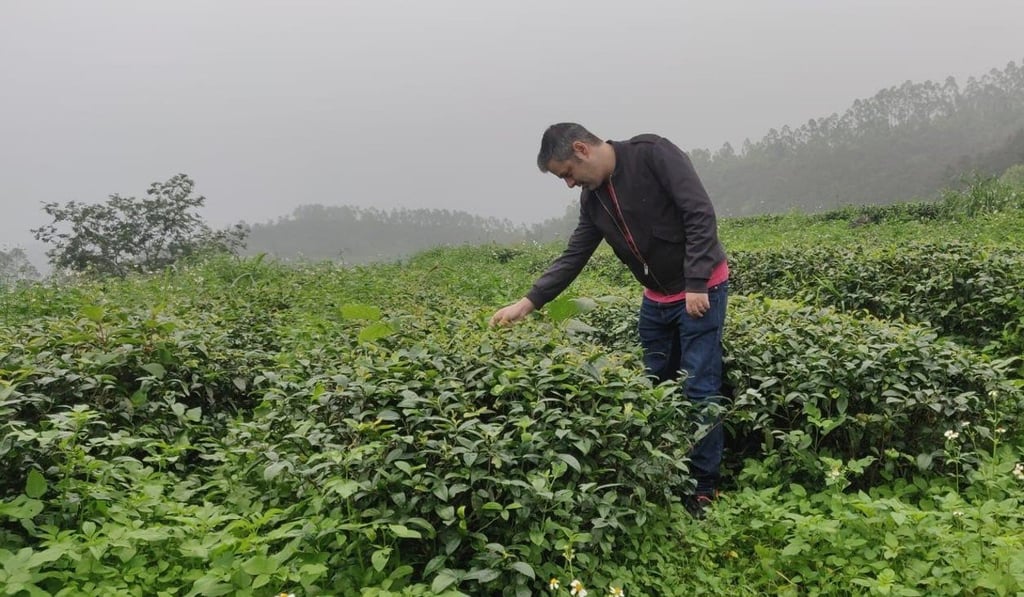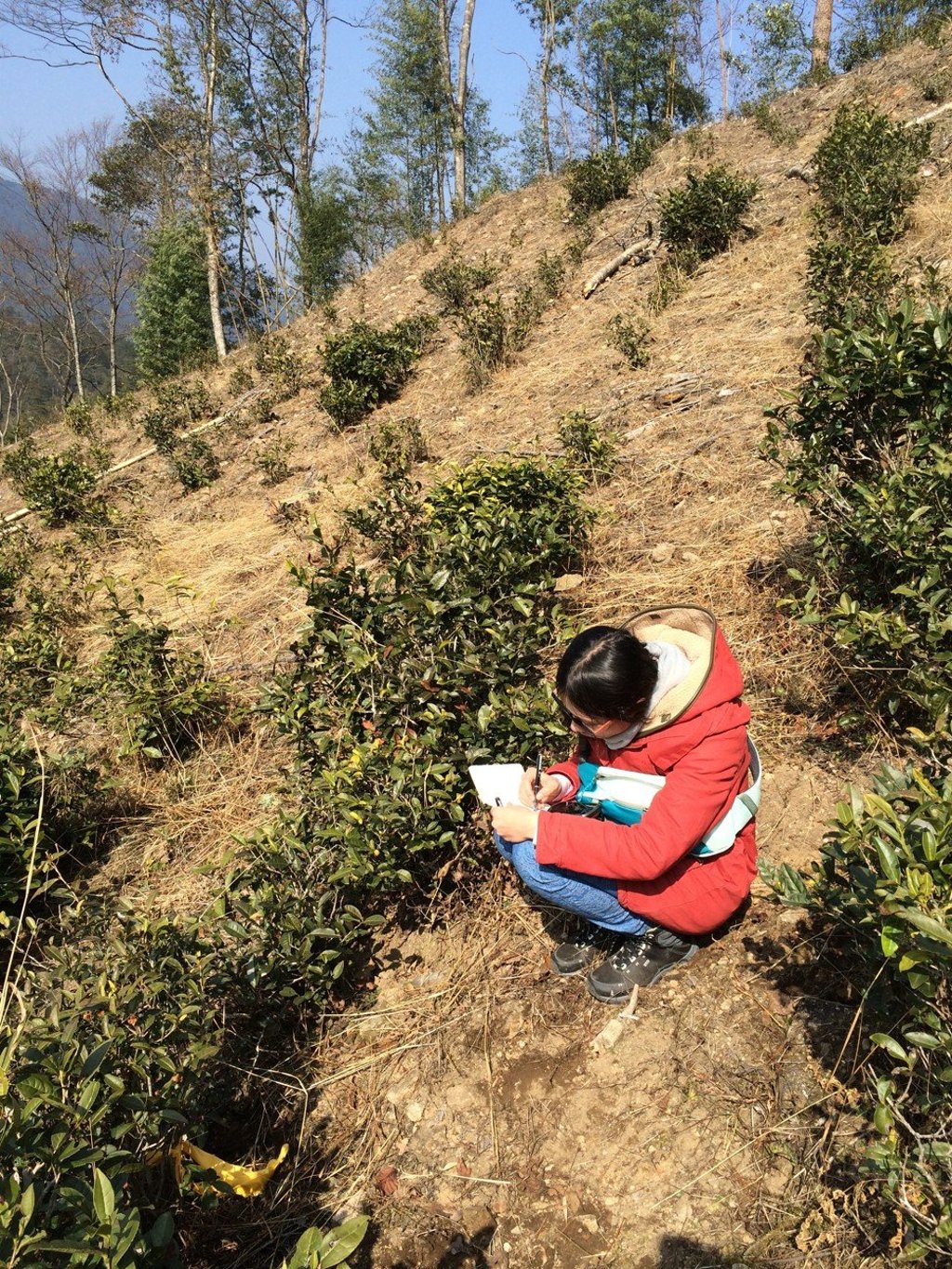Today I learned: you don't have to be an expert to make the perfect cup of tea

Inari Tea co-founder Gaï Assouline shows Lim Li Ying how following a few simple steps can transform your brewing skills – whether you use loose leaves or a tea bag
“Drinking tea can be just as complex a study as appreciating wine,” says Gaï Assouline, an avid tea aficionado and co-founder of Inari Tea.
Inari has established its name in Hong Kong as the go-to brand for quality tea sourced from China, Japan, Taiwan, India and Nepal. Assouline, a French native who is no stranger to wine and cheese, speaks fondly of the exquisiteness of tea when made right.

If you are one of those people who is perplexed by the conundrums of what temperature the water needs to be when you steep your tea or what kind of teapot to use, have no fear. Assouline says: “Anyone can have good tea – it doesn’t have to be complicated.”
Today, we learn to appreciate good tea with Assouline, and it is simpler than you think.
1. Get the equation right for a great brew

The golden rule with tea is to keep experimenting and then go with what you like best. If you want to improve or learn how to brew tea, we recommend focusing on these four points below, which will lead to the right equation:
> Temperature of the water
> Quantity of water
> Quantity of tea